
A powerful storm exploded across the Rockies, triggering winter alerts from Alaska to New Mexico. As snow blanketed mountain peaks, drivers braced for the worst: 18 inches of snow in some areas, and 60 mph winds that created dangerous whiteouts.
Roads were rapidly covered, and travel was becoming impossible. The National Weather Service issued urgent warnings, but for many travelers, it was already too late to escape the storm’s wrath. How will this massive weather system affect millions of Americans? Keep reading to find out.
Why This Storm Is So Intense
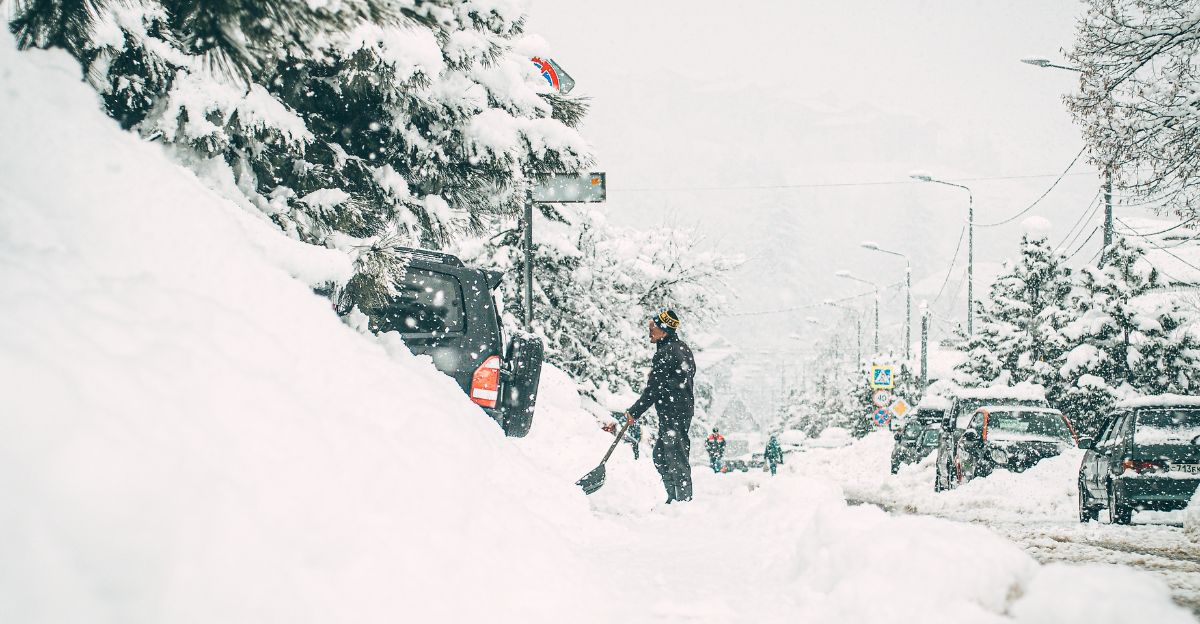
A powerful mix of Arctic air, Pacific moisture, and storm systems have come together to create severe winter weather.
The NWS is forecasting significant snow in high mountain peaks, with 18 inches expected in Montana’s Glacier National Park. Colorado and New Mexico’s mountainous areas are also bracing for snow totals of up to 10 inches.
A Bitter Cold Threat
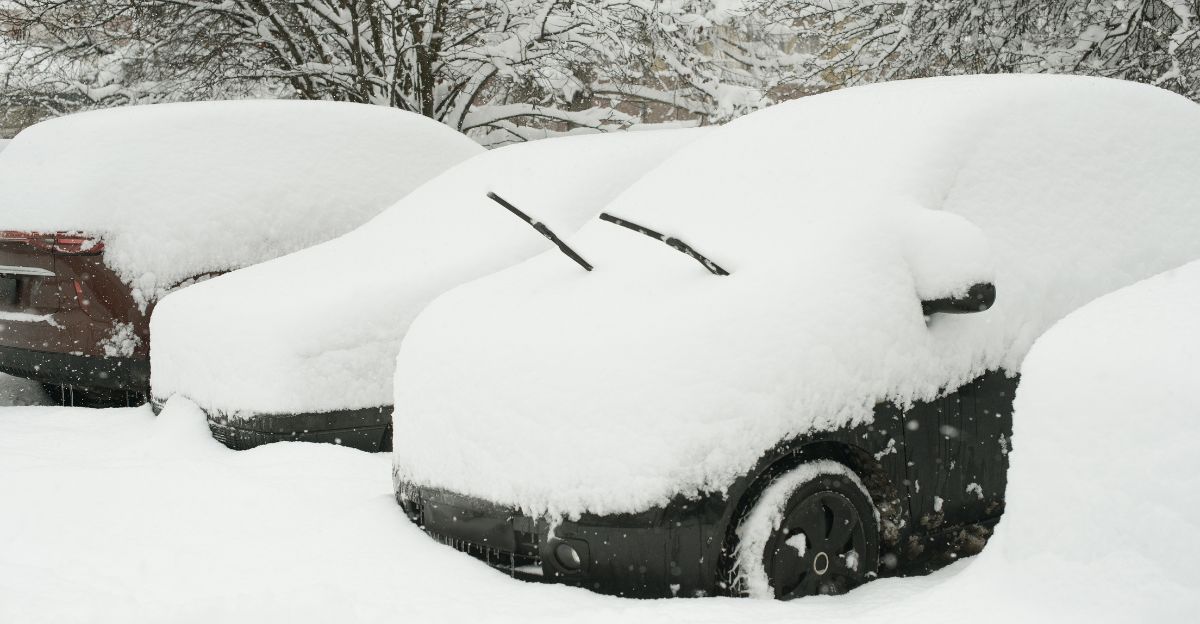
The storm’s strength comes from the convergence of several atmospheric patterns, including a dip in the jet stream.
This has led to high-elevation areas, including parts of Montana, Colorado, and New Mexico, experiencing a late-November blizzard. This is a rare occurrence in the region, adding to the urgency of the warnings.
Road Closures and Dangerous Passes
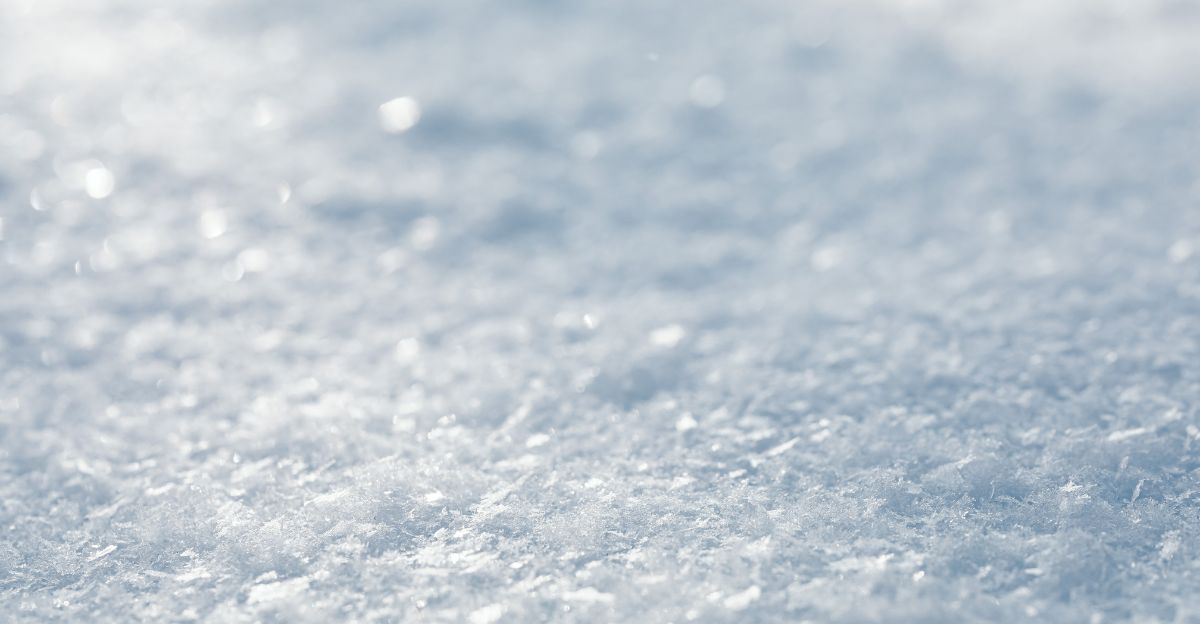
Several major mountain passes in Colorado and Montana are facing planned closures for winter maintenance.
Colorado’s Wolf Creek Pass, Red Mountain Pass, and Lizard Head Pass will temporarily close to allow for avalanche mitigation efforts. These closures could create travel nightmares for anyone planning to drive through these areas.
Thanksgiving Travel Chaos

With millions of Americans traveling for Thanksgiving, this storm has created major headaches for travelers.
While some areas are seeing flight delays, the most severe disruptions are occurring on the roads. Travelers should be prepared for icy conditions and potential whiteout conditions, especially in mountain regions.
Supply Chain Disruptions
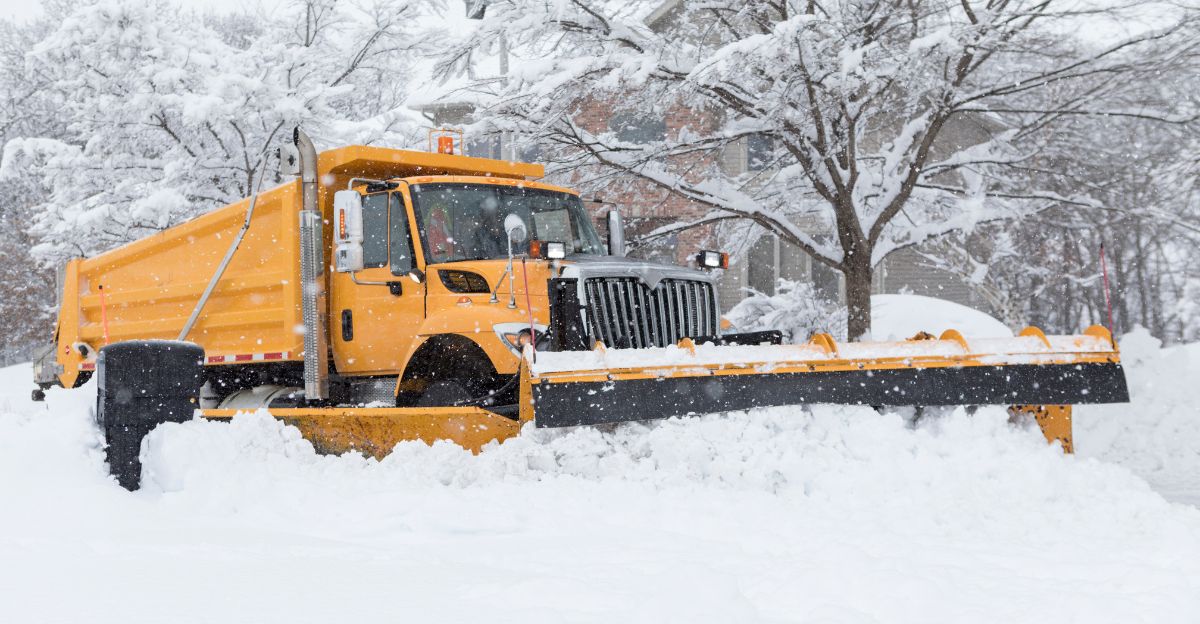
The snowstorm could lead to disruptions in freight routes, particularly through the mountain passes.
Though no major delays have been confirmed, retailers and logistics companies are keeping an eye on conditions and preparing for possible rerouting of shipments, especially with Black Friday just around the corner.
Remote Communities at Risk
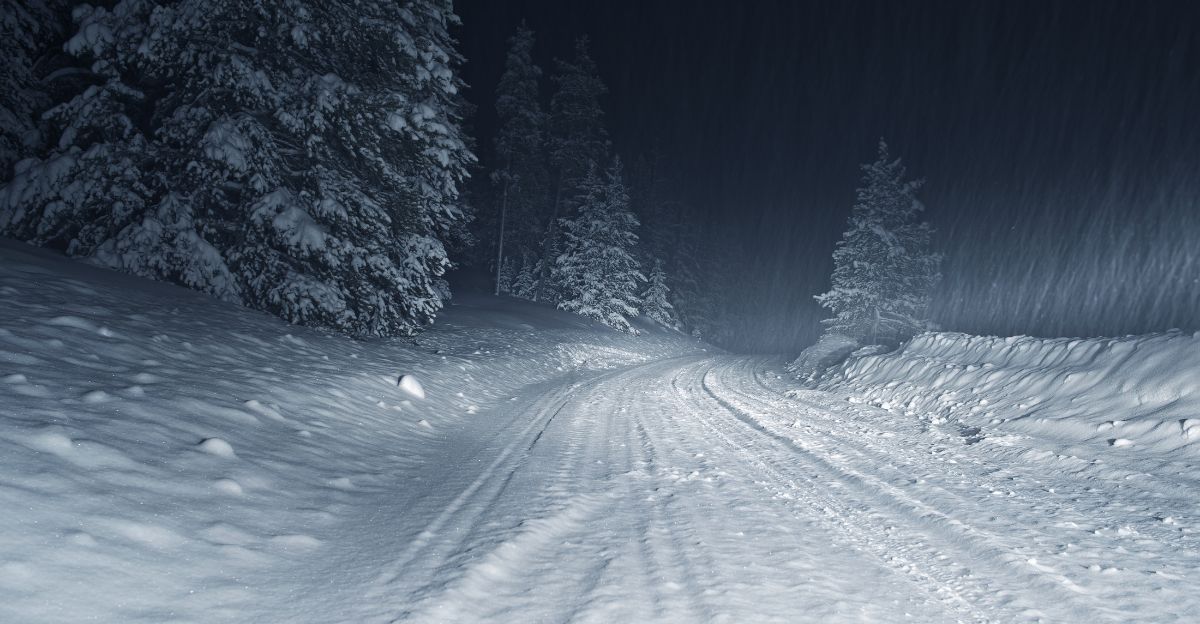
Some of the most remote communities, especially in Alaska and Montana, are facing challenges with supply access.
These areas are prone to snowdrifts and icy roads that can cut off essential services. Emergency teams are on standby, and residents are being advised to stock up on supplies.
Emergency Response Ready
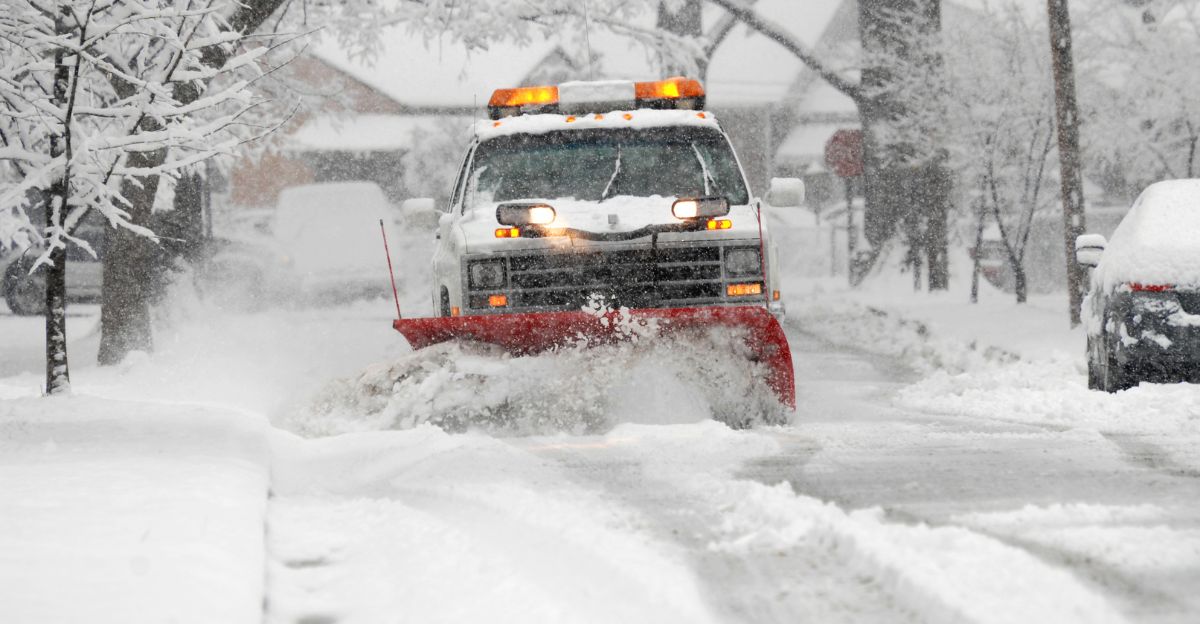
In anticipation of hazardous winter conditions, search-and-rescue teams are ready to deploy in case of emergency.
Winter storms increase the risk of stranded motorists and accidents. Local governments are advising residents to take emergency precautions and be aware of the dangers posed by freezing temperatures and snow.
Power Outage Risks

The heavy snow and high winds may knock out power lines, leaving some areas without electricity. Utility companies are on alert, ready to respond to any service disruptions.
Vulnerable populations, like the elderly, have been urged to prepare for possible outages that could last several hours or longer.
Agricultural Concerns

Ranchers and farmers in the affected regions are preparing for potential disruptions to livestock care. Early-season snowstorms can make it difficult for animals to access food and shelter.
Farmers are moving livestock to safer areas before the full brunt of the storm hits.
Ski Resorts Benefit from Snow

While the snowstorm is causing travel issues, ski resorts are looking at the silver lining. The snowfall is expected to improve snowpack conditions, ensuring better skiing and snowboarding later in the season.
However, access roads need to be cleared before resorts can fully open their doors to visitors.
Potential Economic Impact

Though the storm is causing temporary disruptions, the overall economic impact will depend on how long the snowstorm lasts.
Businesses in the affected areas are adjusting operations and preparing contingency plans to minimize disruptions to services, particularly for Black Friday.
Water Supply Implications
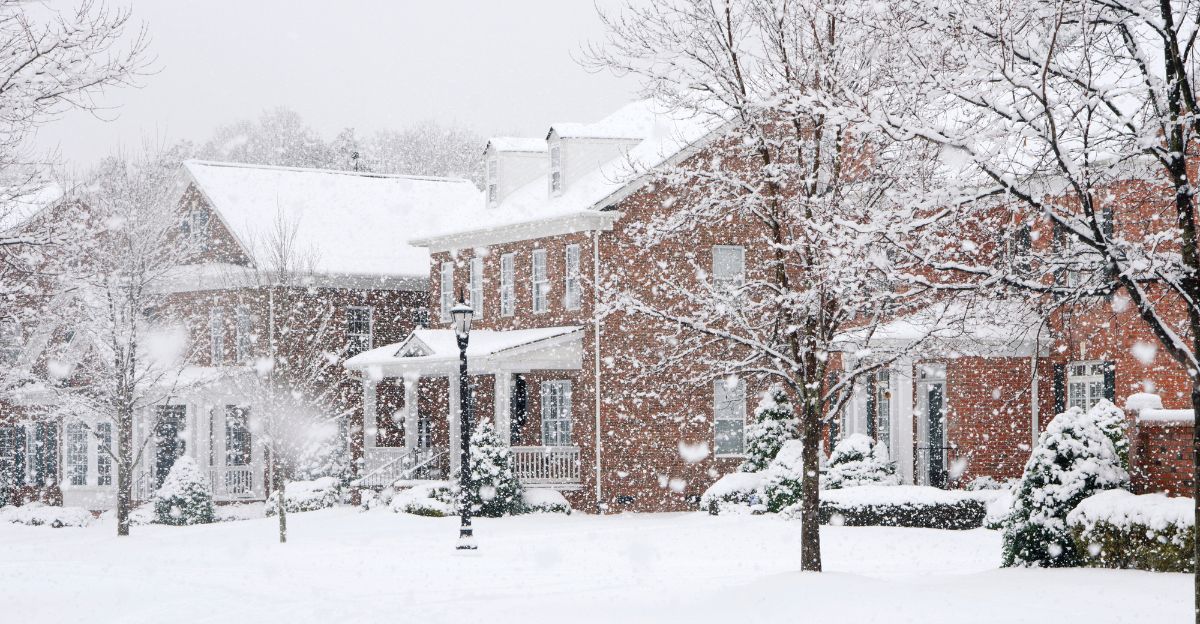
Snowfall in mountain regions plays a critical role in supplying water to millions in the western U.S.
As snowmelt feeds into reservoirs and rivers, this winter’s snow accumulation is crucial for maintaining water supplies through the spring. However, ongoing shifts in weather patterns may change how these resources are distributed.
Climate Change Considerations
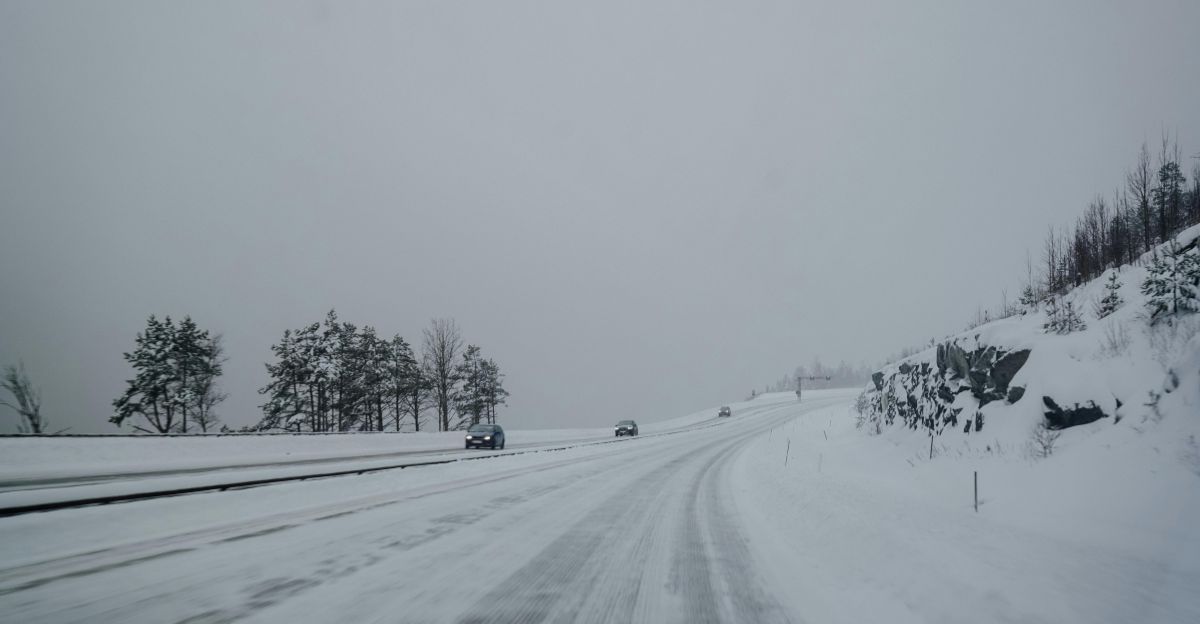
Meteorologists note that extreme snowstorms, like this one, may become more common due to shifting climate patterns.
While this storm is unusual for late November, experts are concerned about the broader implications of increasingly volatile winter weather in the Rockies and beyond.
What to Do Next

Residents and travelers are urged to take the storm seriously. The NWS recommends staying informed about road closures and advisories.
Those traveling through mountain regions should be prepared for difficult and potentially dangerous conditions. It’s essential to carry emergency supplies, including flashlights, food, and water, in case of travel delays.